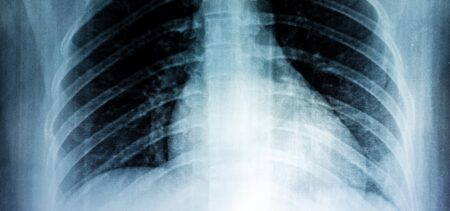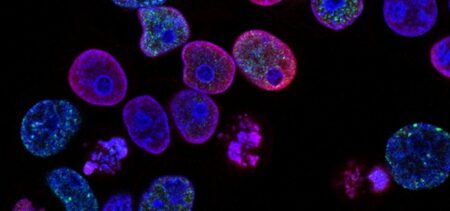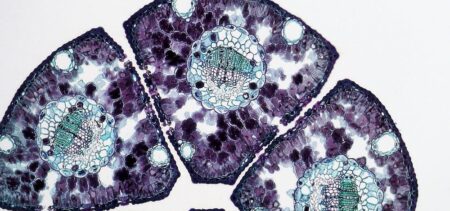Nearly 20% of all cancers and metastases result from gene fusions—chromosomal rearrangements that lead to chimeric transcripts. This makes gene fusion detection critical for accurate diagnosis, prognosis, and treatment. Yet, current diagnostic methods such as RT-PCR (reverse transcriptase polymerase chain reaction), FISH (fluorescence in situ hybridization), karyotyping and SNP (single nucleotide polymorphism) arrays are often unable to detect gene fusions.
A new study from scientists at the Princess Máxima Center in the Netherlands demonstrates RNA sequencing can overcome the limitations of traditional diagnostic methods in identifying gene fusions. The researchers conducted RNA sequencing on 24 samples with a known gene fusion event to validate their method and thereafter performed prospective RNA sequencing in 244 patients, in addition to routine diagnostic procedures.































